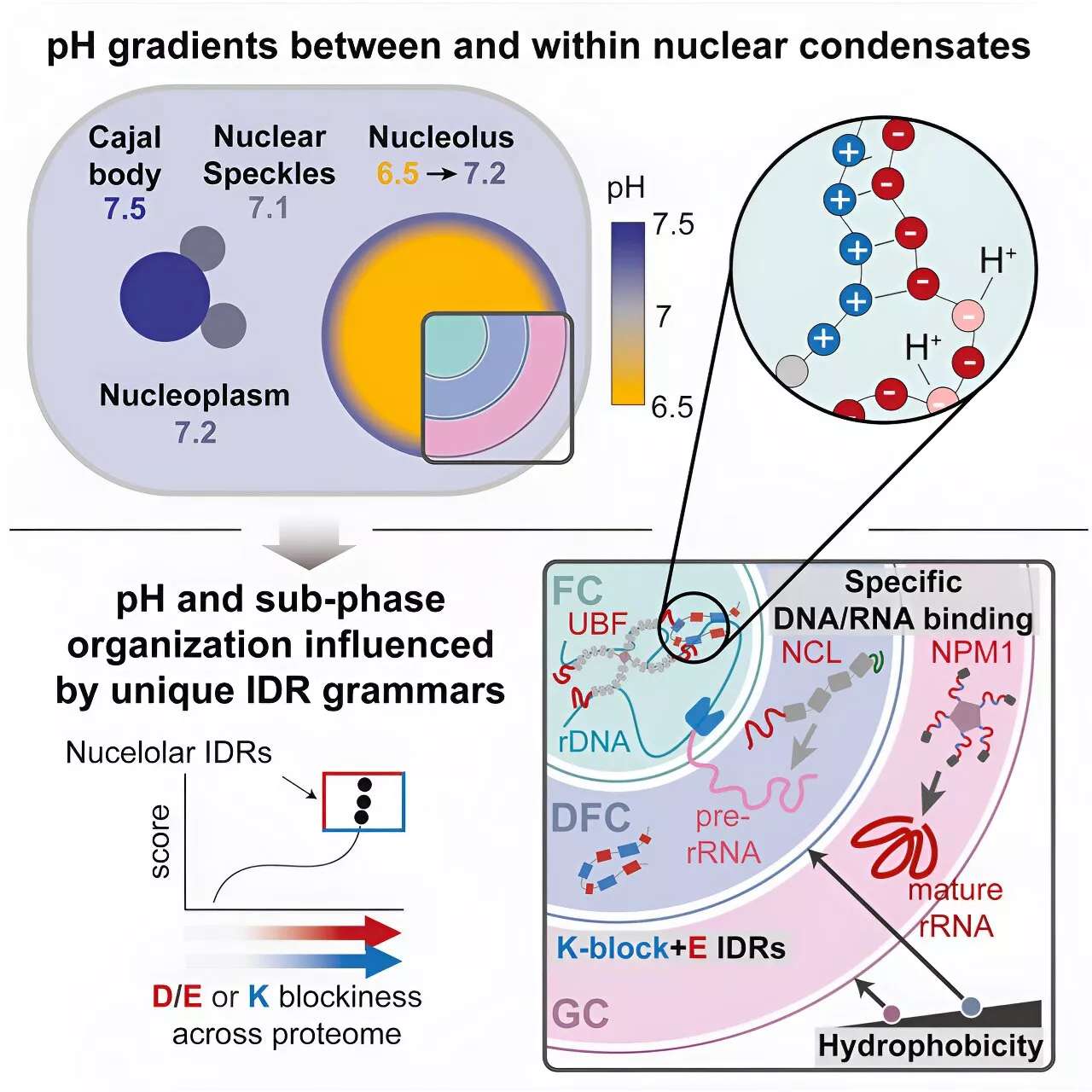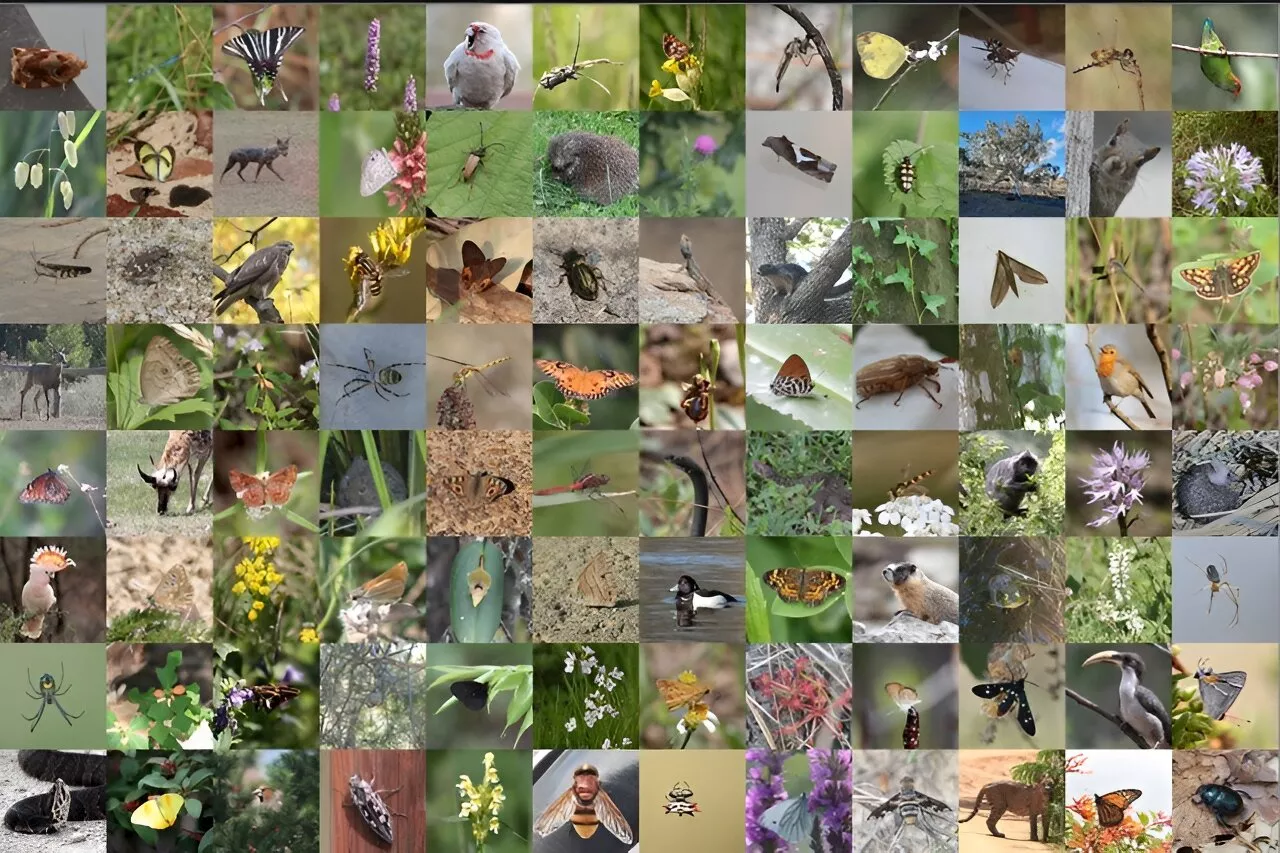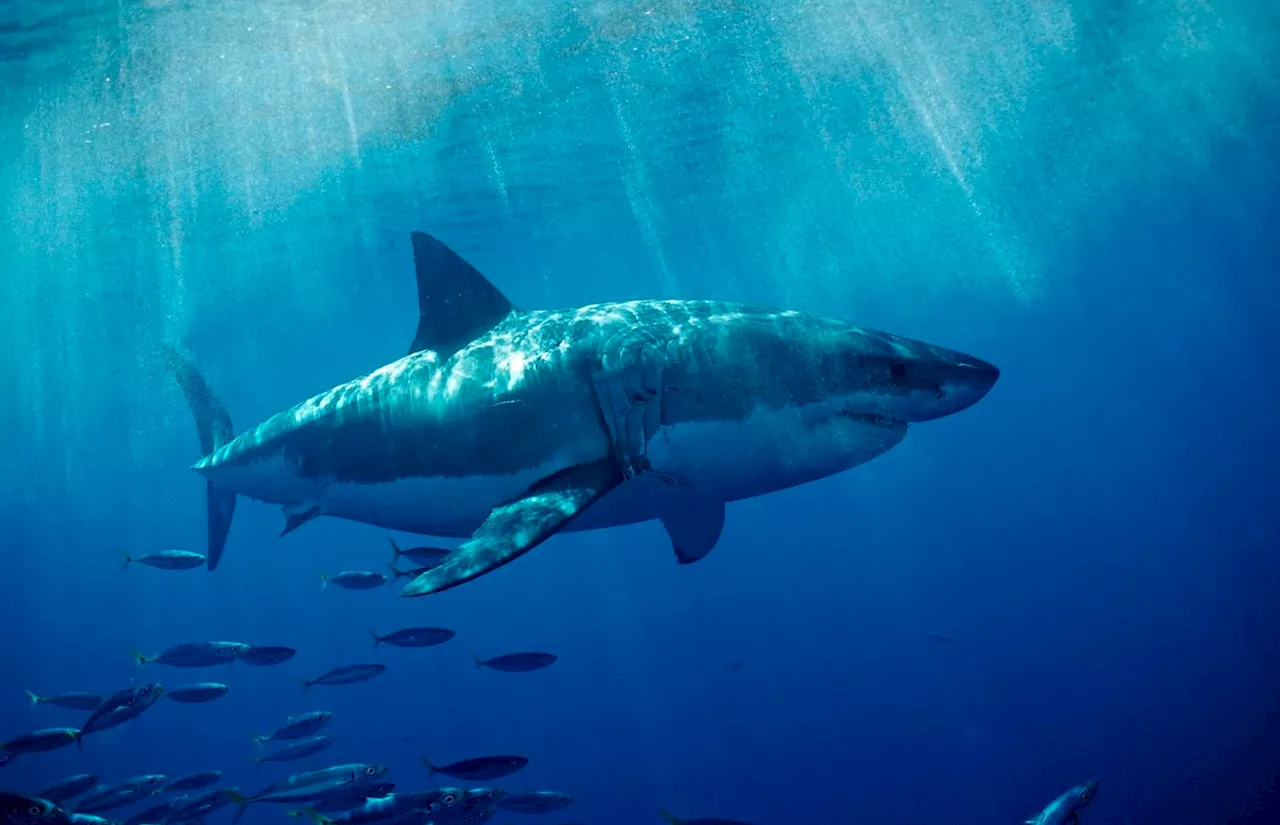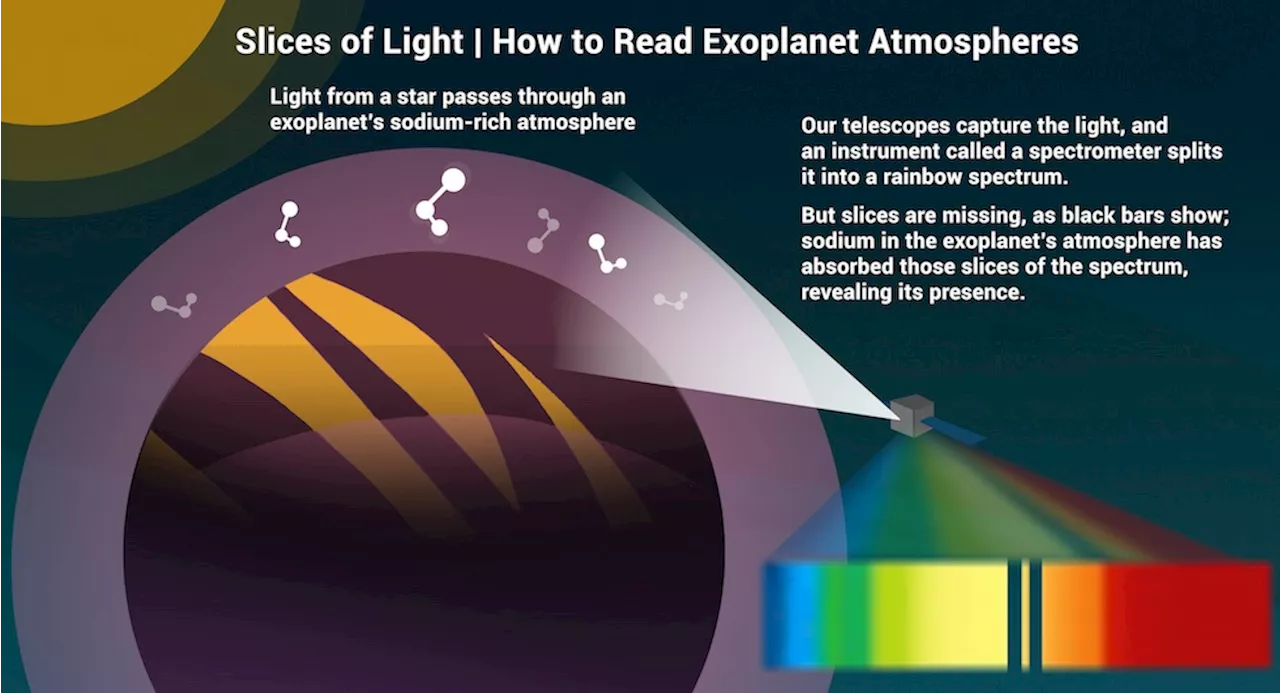The ESA's ARIEL exoplanet atmosphere mission will look for prebiotic nutrients. New research will help scientists understand ARIEL's results.
A NASA graphic explaining how a telescope can measure an exoplanet atmosphere using spectroscopy. Courtesy: NASA/JPL-Caltech/Lizbeth B. De La Torre.
In anticipation of that telescope’s mission, Herbort and his co-researchers are preparing for the results and what they mean for habitability. “The detailed understanding of the planets itself becomes important for interpreting observations, especially for the detection of biosignatures,” they write. In particular, they’re scrutinizing the idea of aerial biospheres.
“This concept of aerial biospheres enlarges the possibilities of potential habitability from the presence of liquid water on the surface to all planets with liquid water clouds,” the authors explain. “Our approach does not directly aim for the understanding of biosignatures and atmospheres of planets, which are inhabited, but for the conditions in which pre-biotic chemistry can occur,” they write. In their work, the minimum atmospheric concentration for a nutrient to be available is 10,” they write. They also found that carbon is generally present in every simulated atmosphere and that sulphur availability increases with surface temperature.
But surface water plays several roles in atmospheric chemistry. It can bond with some nutrients in some circumstances, making them unavailable, and in other circumstances, it can make them available. This complicates matters on worlds covered by oceans. Pre-biotic molecules might not be available if there’s no opportunity for water and rock to interact with the atmosphere. “If indeed it can be shown that life can form in a water ocean without any exposed land, this constraint becomes weaker, and the potential for the surface habitability becomes mainly a question of water stability,” the authors write.
United States Latest News, United States Headlines
Similar News:You can also read news stories similar to this one that we have collected from other news sources.
 Finding Atmospheres on Red Dwarf Planets Will Take Hundreds of Hours of Webb TimeA new paper argues that the JWST needs to spend more time doing 'deep habitability reconnaissance' on exoplanets it's already observed.
Finding Atmospheres on Red Dwarf Planets Will Take Hundreds of Hours of Webb TimeA new paper argues that the JWST needs to spend more time doing 'deep habitability reconnaissance' on exoplanets it's already observed.
Read more »
 Jill On Money: Is the labor market turning and are we measuring inflation correctly?Credit card debt may be behind the sour outlook of many consumers
Jill On Money: Is the labor market turning and are we measuring inflation correctly?Credit card debt may be behind the sour outlook of many consumers
Read more »
 Engineers manage a first: Measuring pH in cell condensatesScientists trying to understand the physical and chemical properties that govern biomolecular condensates now have a crucial way to measure pH and other emergent properties of these enigmatic, albeit important, cellular compartments.
Engineers manage a first: Measuring pH in cell condensatesScientists trying to understand the physical and chemical properties that govern biomolecular condensates now have a crucial way to measure pH and other emergent properties of these enigmatic, albeit important, cellular compartments.
Read more »
 Monitoring and measuring biodiversity requires more than just numbers: Scientists advocate for changeAssessing wildlife populations, as well as understanding the dynamics of their numbers and distributions across various regions, is a critical measure known in science as abundance.
Monitoring and measuring biodiversity requires more than just numbers: Scientists advocate for changeAssessing wildlife populations, as well as understanding the dynamics of their numbers and distributions across various regions, is a critical measure known in science as abundance.
Read more »
 Scientists May Have Been Measuring Great White Sharks WrongKnown as the 'Mother of Sharks,' I'm a Latina marine biologist who has a lot of labels: science communicator, conservationist, author, educator, podcaster, television presenter. You might have seen me on Discovery Channel's Shark Week, National Geographic, BBC Wildlife, heard my TEDx talk or read my Scholastic books.
Scientists May Have Been Measuring Great White Sharks WrongKnown as the 'Mother of Sharks,' I'm a Latina marine biologist who has a lot of labels: science communicator, conservationist, author, educator, podcaster, television presenter. You might have seen me on Discovery Channel's Shark Week, National Geographic, BBC Wildlife, heard my TEDx talk or read my Scholastic books.
Read more »
 Measuring up: How meteorologists gauge the snowfall as Anchorage nears a season recordExperts use measuring sticks and tanks in regular intervals to monitor snowfall as this season’s total approaches an all-time high.
Measuring up: How meteorologists gauge the snowfall as Anchorage nears a season recordExperts use measuring sticks and tanks in regular intervals to monitor snowfall as this season’s total approaches an all-time high.
Read more »
